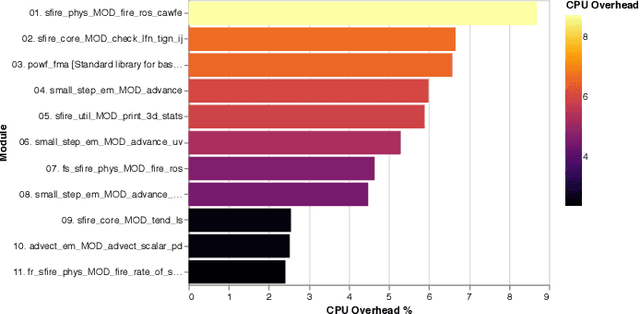Physics-Informed Machine Learning Simulator for Wildfire Propagation
Paper and Code
Dec 12, 2020



The aim of this work is to evaluate the feasibility of re-implementing some key parts of the widely used Weather Research and Forecasting WRF-SFIRE simulator by replacing its core differential equations numerical solvers with state-of-the-art physics-informed machine learning techniques to solve ODEs and PDEs, in order to transform it into a real-time simulator for wildfire spread prediction. The main programming language used is Julia, a compiled language which offers better perfomance than interpreted ones, providing Just in Time (JIT) compilation with different optimization levels. Moreover, Julia is particularly well suited for numerical computation and for the solution of complex physical models, both considering the syntax and the presence of some specific libraries such as DifferentialEquations.jl and ModellingToolkit.jl.
 Add to Chrome
Add to Chrome Add to Firefox
Add to Firefox Add to Edge
Add to Edge